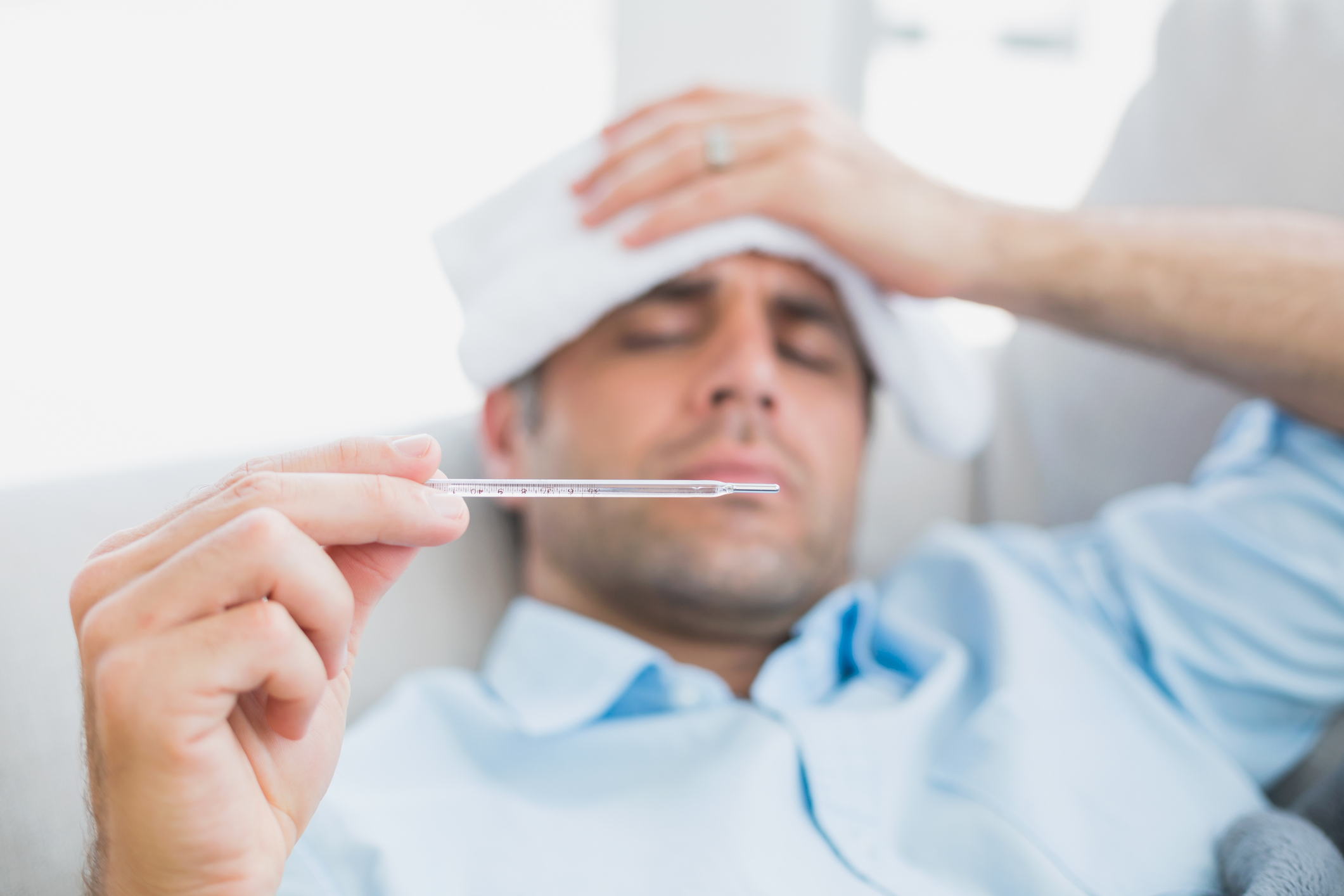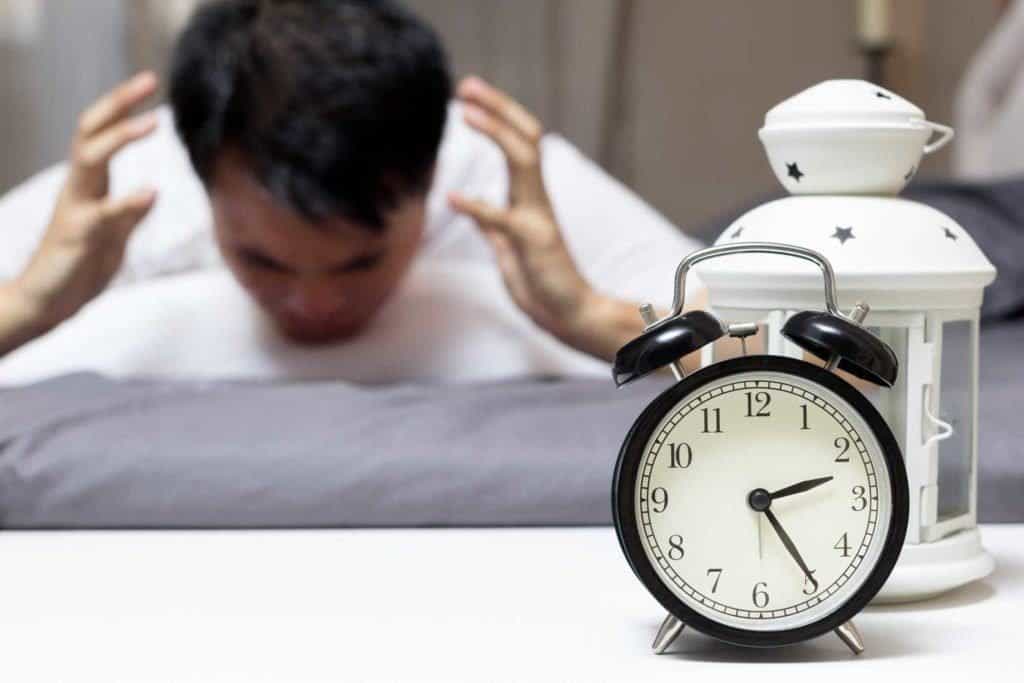Contents:
- Medical Video: How to Reduce a Fever Naturally
- How to deal with fever in general
- How to deal with fever according to the age group
- Overcoming fever in infants and toddlers
- Overcoming fever in children and adolescents
- Overcoming fever in adults
Medical Video: How to Reduce a Fever Naturally
Fever is a symptom of various diseases most often experienced by everyone. These symptoms can be caused by various things, but mostly because of an infection in the body. Apparently, how to deal with fever can vary according to the age group. Then how to deal with fever?
How to deal with fever in general
Basically, fever is the way the body survives an infection that is happening. Most fever is caused by infectious diseases, from mild to severe illness. Fever is not dangerous if it occurs in people who have no history of any disease. Even though it looks dangerous and frightening, having a fever actually gives your immune system the chance to become stronger.
Someone is said to have a fever if it exceeds the average body temperature which is around 36-37 degrees Celsius. If the thermometer shows a number more than 37 degrees Celsius then you can say you have a fever. In general, here's how to deal with fever:
- Maintain good hydration. Drinking mineral water is one way to overcome the fever that occurs. fluids that enter the body will be released through sweat and urine so that it decreases body temperature.
- Resting in bed. Most people are also weak and dizzy when having a fever, so it's better to rest in a comfortable place.
- Don't let the blanket overlap on the body. It is precisely when a person has a fever, it should not be covered with a cloth or thick quilted blanket because the body temperature will return to normal longer - unless symptoms of shivering also appear.
- Use a towel soaked in cold water to compress body parts, do not immediately take a shower with cold water or use ice cubes because it will be dangerous.
- Take fever-lowering drugs such as, paracetamol (acetaminophen), ibuprofen (advil, Motrin IB), and aspirin. However, giving aspirin to children should be avoided.
How to deal with fever according to the age group
The following is an explanation of when and how to deal with fever according to the age group. Of course, handling infants and children with fever will be different from adults. Here is the explanation.
Overcoming fever in infants and toddlers
Babies under the age of three months do not have a mature and perfect immune system so they are susceptible to infections that cause symptoms of fever. If you have a baby under the age of three months and have a fever reaching 38 degrees Celsius, you should take him to a doctor for further examination.
While babies aged three to six months, may not require medical treatment if they have a fever of up to 38.9 degrees Celsius. But if your baby has a fever more than this temperature, you should immediately see a doctor.
Infants aged six months to one year who have a body temperature of up to 38.9 degrees Celsius can you give a fever-lowering medication that must be in accordance with the doctor's recommendations.
Overcoming fever in children and adolescents
If children aged 2 to 17 have a fever less than 39 degrees Celsius, in general they do not need febrifuge - depending on the condition of the child. The heat will decrease with adequate rest and compress the part of the body that has fever.
But if the fever exceeds this temperature, fever-lowering drugs are better taken. And if the fever lasts for three days, it's best to do a further medical examination.
Overcoming fever in adults
You do not need to take medication if your body temperature is less than 38.9 degrees Celsius. New fever-lowering drugs are needed if your body temperature reaches 39 degrees Celsius or more. But if the fever lasts up to 3 days and febrifuge does not effectively cure your fever, then all you need to do is see a doctor.












